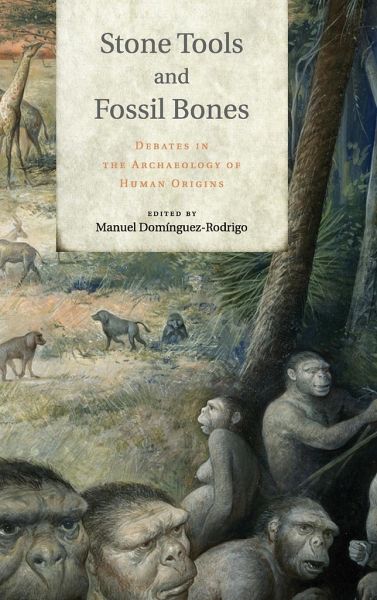
Stone Tools and Fossil Bones
Versandkostenfrei!
Versandfertig in 1-2 Wochen
128,99 €
inkl. MwSt.
Weitere Ausgaben:

PAYBACK Punkte
64 °P sammeln!
The stone tools and fossil bones from the earliest archaeological sites in Africa have been used over the past fifty years to create models that interpret how early hominins lived, foraged, behaved and communicated and how early and modern humans evolved. In this book, an international team of archaeologists and primatologists examines early Stone Age tools and bones and uses scientific methods to test alternative hypotheses that explain the archaeological record. By focusing on both lithics and faunal records, this volume presents the most holistic view to date of the archaeology of human ori...
The stone tools and fossil bones from the earliest archaeological sites in Africa have been used over the past fifty years to create models that interpret how early hominins lived, foraged, behaved and communicated and how early and modern humans evolved. In this book, an international team of archaeologists and primatologists examines early Stone Age tools and bones and uses scientific methods to test alternative hypotheses that explain the archaeological record. By focusing on both lithics and faunal records, this volume presents the most holistic view to date of the archaeology of human origins.




